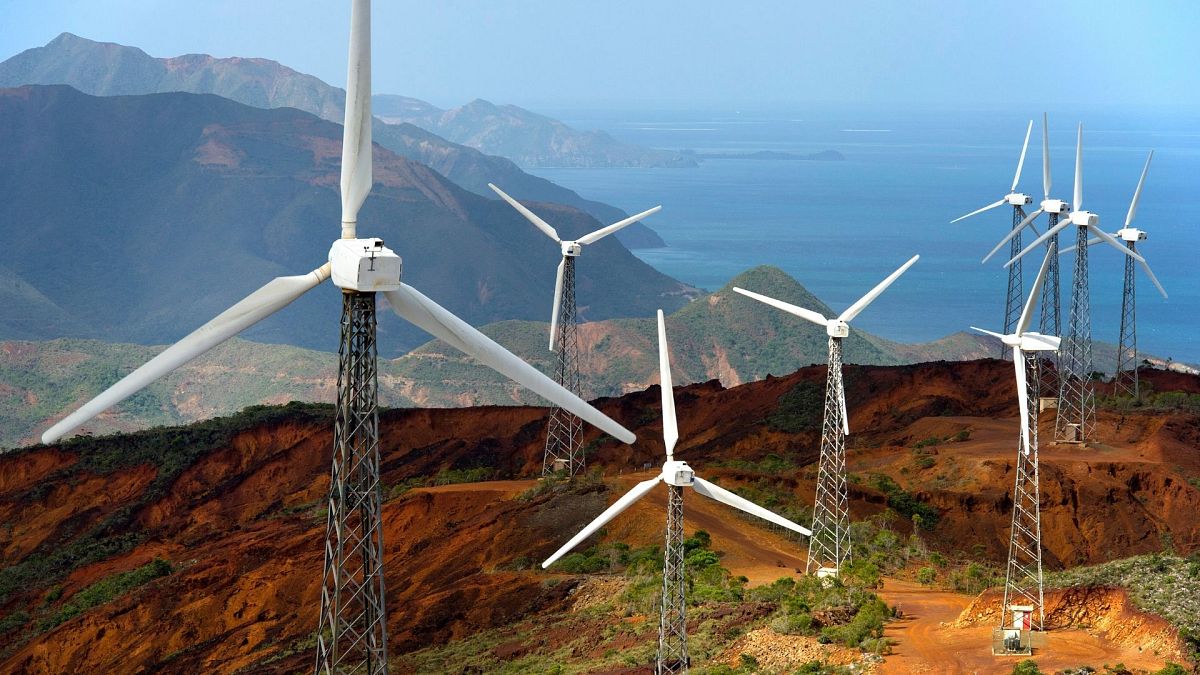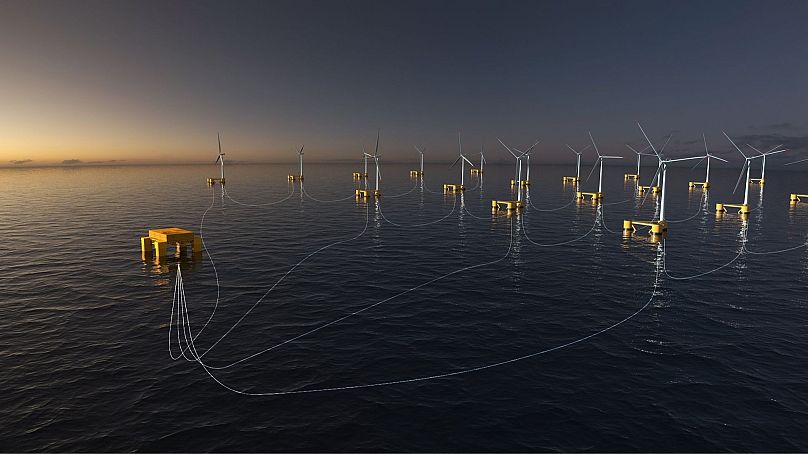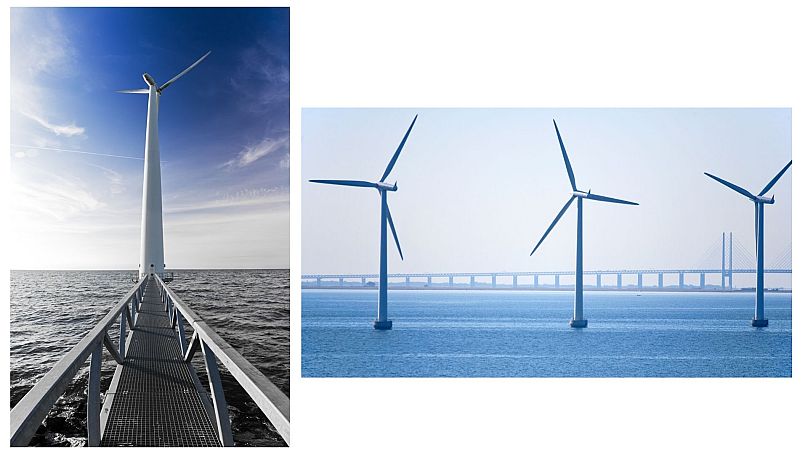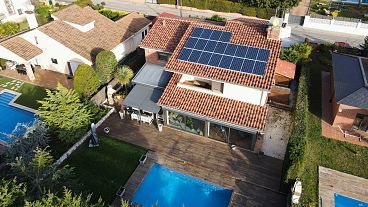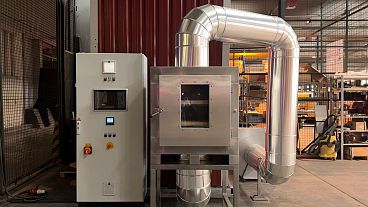Decommissioned wind turbine blades are a recycling nightmare, inspiring inventive solutions like turning them into bridges.
Turning decommissioned wind turbine blades into bridges is just one of the innovative solutions being put forward as a way of dealing with a major recycling problem facing the industry.
Many wind turbine blades are now reaching the end of their lifespan. Many more are taken out of service early due to operational requirements to install bigger blades capable of producing more energy. By 2023, approximately 15,000 turbine blades will have been decommissioned across the UK and EU.
In Ireland alone, over 11,000 tons of blades are due to be decommissioned by 2025. Strathclyde University has predicted that global turbine waste is set to rise from 400,000 tonnes per year in 2030 to two million tonnes by 2050.
Quite apart from the sheer size of the blades, the reinforced plastic and glass fibre materials used in their construction are not biodegradable.
“Wind turbine blades are extremely difficult to recycle. Ideas of what to do with them after they’re taken down range from turning them into playground slides to processing them into pellets for glues and paints,” explains Harrison O’Hara of the Skanska Costain Strabag consortium, who are building the UK high speed rail link.
From blade into bridge
The sheer strength of the material and hollow interior structure of the blades has resulted in a decision to explore the possibility of using them to replace steel in construction projects such as pedestrian bridges.
In Eire, University College Cork has begun tests designed to incorporate sections of the blades into a bridge across the Middleton-Younghal Greenway.
“The blades are from a decommissioned Nordex N29 turbine, 14m long. For this bridge, which has a span of 5m, we cut a short section from the blade. The blades are used as the main structural element of the bridge and are functional in the design,” says Paul Leahy, lecturer in Wind Energy Engineering.
“However, they are also aesthetically attractive due to their gently curved shape, so we believe this will become a feature of interest on the greenway route. We are also looking at additional repurposed blade products such as outdoor furniture.”
Cork University College is part of a wider ‘Re-Wind project’ involving experts from Queen’s University Belfast, City University of New York and Georgia Institute of Technology. Other repurposing projects being investigated by Re-Wind include electrical transmission towers, highway noise barriers and coastal wake breaks to decrease erosion.
High speed rail link use
A similar option has been adopted by the UK’s high speed rail link contractor, Skanska Costain Strabag. It has worked with the National Composites Centre to swap steel for retired wind turbine blades to reinforce concrete, using a process cutting carbon production by up to 90 per cent.
Sections of blades will be used in temporary access roads, top sections of concrete walls and ground bearing plinths forming the base for portacabins.
If these projects by Re-Wind and Skanska Costain Strabag prove successful, it could pave the way for turbine blades to become an important element within the construction industry.
New innovative material circularity
Other initiatives have been focusing on ways of recycling the materials that make up the blades. Danish company Vestas Wind Turbine Systems has worked with Aarhus University to develop a technique that allows the thermoset composite material to be broken down into fibre and epoxy (a class of plastics).
This is followed by a chemcycling process allowing the epoxy to be broken down into base components, which can then be used for the construction of new turbine blades. It therefore creates a circularity pathway for epoxy resin, meaning no materials go to waste.
The Norwegian company Akers Horizons, a part of Aker Offshore Wind, has turned its attention to glass fibre material. Working with the University of Strathclyde, it has devised a unique system for its thermal recovery and treatment.
“We start with end-of-life GRP waste, which is then sorted and moved through the University of Strathclyde recovery process, ending up with reusable glass fibre for new products,” Aker’s Mats Ektvedt says. “This is the key to true product circularity.”
Ektved believes this technique could be a game changer within the wider industry.
“GRP scrap is a challenge not only for the wind power industry, but for all industries reliant on GRP materials in their production and manufacturing. This includes car manufacturing, maritime vessels, oil and gas production, construction, sporting goods and more,” he says.
“Our focus now is on the recycling of wind turbine blades, but our goal is to develop recovery processes robust enough to handle other kinds of waste.”
